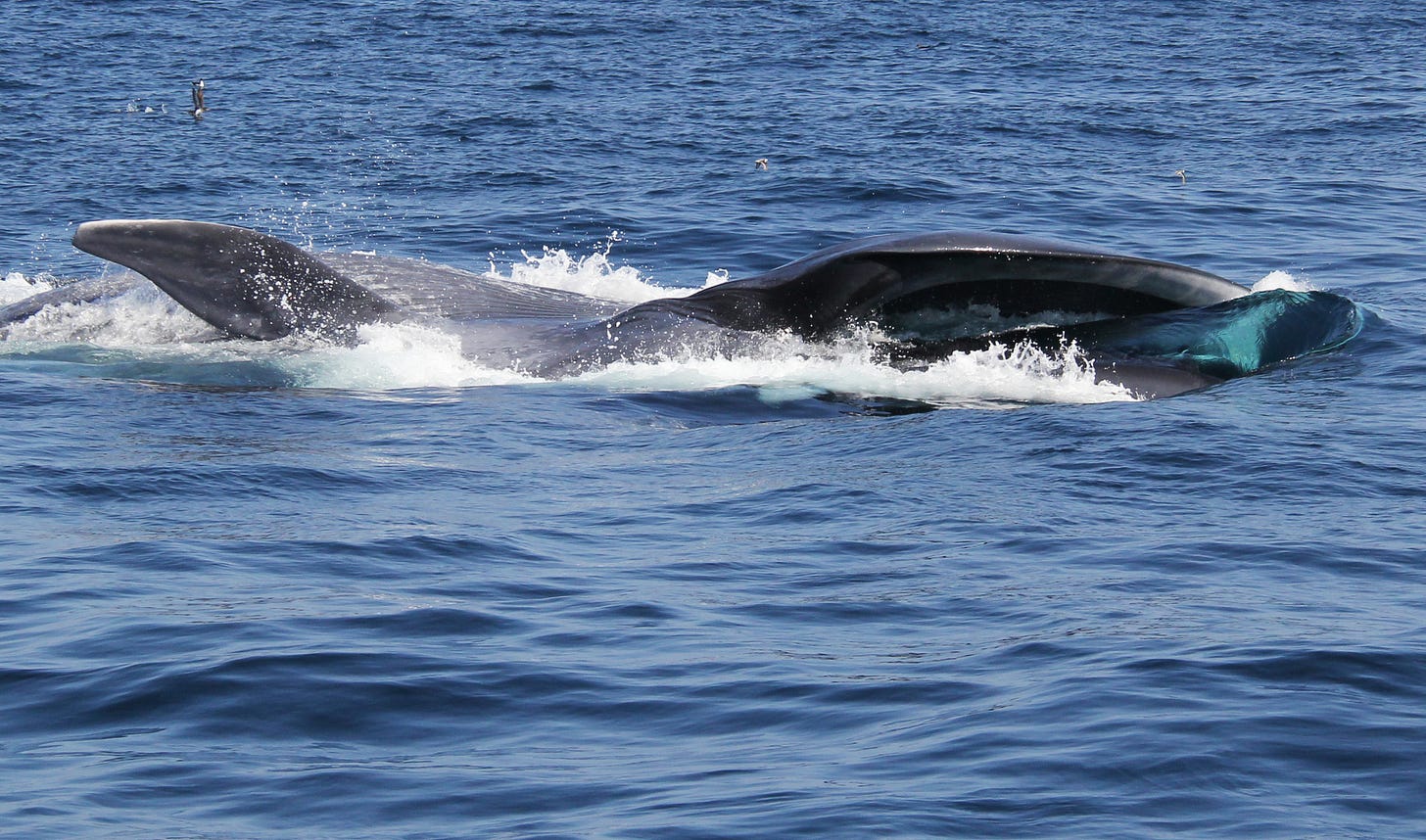Cardinals, sparrows, and Dark-eyed Juncos don’t usually hang out together, much less share the same backyard bird feeder. However, when their food sources are scarce during winter, birds of different feathers sometimes flock together.
That doesn’t hold for most other animal species, which prefer to congregate with their own. Wildlife lovers have plenty of opportunities to observe birds and beasts in their natural environment.
Where to find wild animals.
Some animals roam or fly freely, hanging out in parks and reserves. Others live in sanctuaries, protected and in some cases nurtured back to health after being injured, ill, or used in medical experiments or testing. Recently, as the outside hustle and bustle have eased because of Coronavirus restrictions, some animals have taken to stalking urban streets and yards.
Wherever you live, there are likely enclaves where wild things roam or reside and offer close-up encounters with creatures large and small. Some sightings may be possible without leaving your home.
Some Wildlife Isn’t That Wild.
That disparate group of birds is one example of wildlife gathering in unlikely groups at a food source. Since the pandemic took hold and people have spent more time at home. Animals found quiet streets to seek sustenance. Coyotes are now spotted meandering along Chicago’s Michigan Avenue and near the Golden Gate Bridge in San Francisco. Fox, raccoon, and beavers venture into Arlington, Texas. Police in Gatlinburg, Tennessee, recently urged people to be careful as sightings increase.
Where to Be With Bison
Those who wish to hobnob with animal life have a wide variety of choices. The North American Bison, designated as the National Mammal of the United States, is sought out by many wildlife watchers, and an estimated 20,000 continue to roam free.
Yellowstone National Park is home to some 5,000 and is the only place where those majestic animals have lived continuously before their near extinction. Herds also occupy more than 20 Department of Interior-managed lands, some Native American reservations, and private properties.
Not all sightings take place on land. One mammal that lives in the oceans is the largest animal alive and thrills people looking for them from land and sea.
Where to Watch Whales
The Blue whale can grow to lengths up to 100 feet and weigh 150 tons or more. It joins humpback, gray, right, and other whales as prey for humans, hunting them with binoculars and cameras from ships and shorelines. Cities as far-flung as Santa Barbara, California; Provincetown, Massachusetts, and Virginia Beach, Virginia, are known as good places for spotting those iconic creatures.
State Parks Are Wildlife Settings
Other settings also serve as viewing places for animals large and small, living free or in environments that echo Mother Nature. Anza-Borrego Desert State Park, the largest in California, is a mini-Noah’s Ark in terms of its resident wildlife. Mountain lions and mule deer, big-horn sheep, and black-tail jackrabbits join foxes, coyotes, iguanas, and a virtual aviary of birds to make this a popular hotspot.
Harriman State Park in Idaho lies near the border of Yellowstone National Park and offers wildlife watching without the crowds. Travelers can see an abundance of elk, moose, and the occasional grizzly and black bear. In addition, two-thirds of the trumpeter swans that winter in the contiguous United States spend the season there.
Safety in Sanctuaries
If animals can’t live in their natural environment, the next best place to be and view them is a sanctuary. In these protected facilities, farm and wild animals live their lives. Shelters provide safety and solace to creatures neglected or abused and are open to visitors.
The Wild Animal Sanctuary in Keenesburg, Colorado, not far from Denver, is divided into habitats with underground dens, pools, and other features that make African lions, tigers, leopards, and other large carnivores feel at home. Visitors view them from elevated walkways.
Some sanctuaries focus on one species. Chimp Haven near Shreveport, Louisiana, cares for chimpanzees used for research.
Located on 200 acres of forested land where the chimps climb trees, build sleeping nests, and play on large structures, the facility is open to visitors on specified days throughout the year.
Commercial operations also get into the game-watching game. A case in point is the Smoky Valley Ranch in Oakley, Kansas which combines a working cattle spread with thriving wildlife populations.
The property, owned by The Nature Conservancy, had continued its long ranching history when it became a destination for those who come to see other animals. A bison herd roams free, and pronghorns and mule deer hop across the horizon. The most dramatic action involves male prairie chickens engaging in competitive displays of a courtship ritual, seeking to attract females who look on to select their mate.
If the wooing waltz of a striped brown and white bird doesn’t sound exciting, perhaps views of other animals large and small, on land, in seas, and flying above will.
Wherever you live, there probably are places to meet and mingle with incredible wildlife where it’s most at home and happy, a natural setting duplicating where it would be if it were in the wild.
Victor Block
After gallivanting throughout the United States and to more than 75 other countries around the world, and writing about what he sees, does and learns, Victor Block retains the travel bug. He firmly believes that travel is the best possible education, and claims he still has a lot to learn. He loves to explore new destinations and cultures, and his stories about them have won a number of writing awards.










